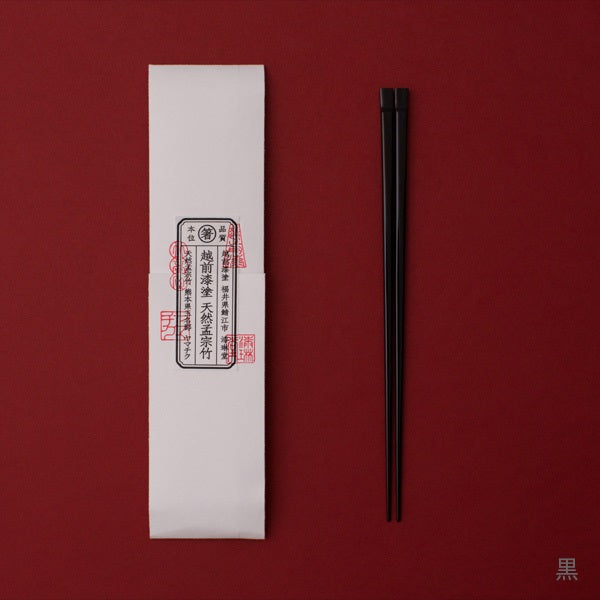

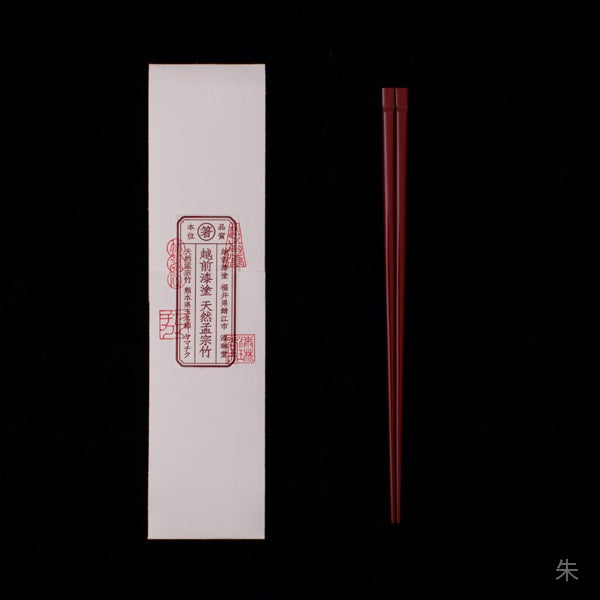
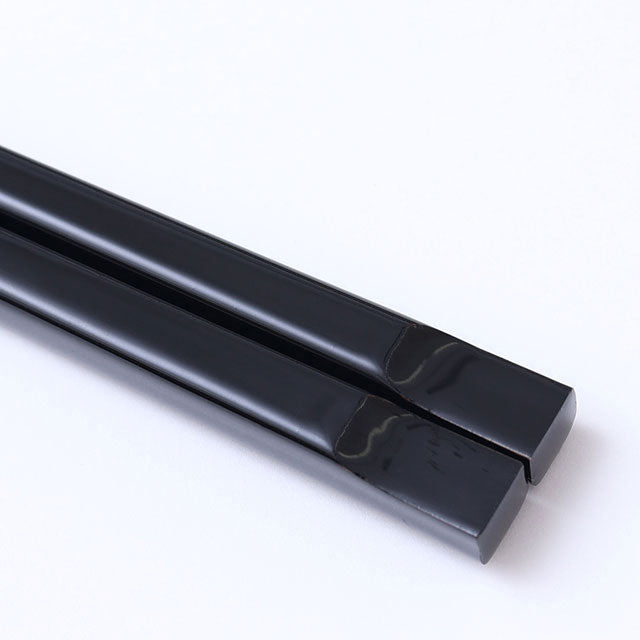
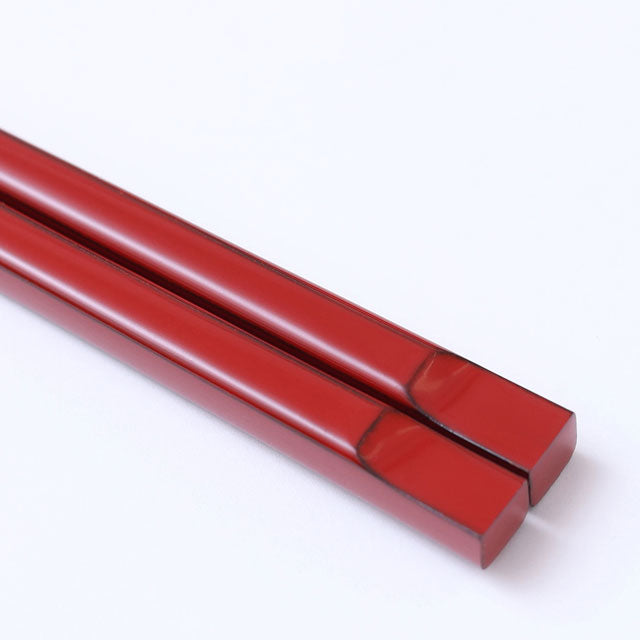
THE
THE Chopsticks
- Regular price
- 385,00 kr
- Sale price
- 385,00 kr
- Regular price
-
Tax included.
Japan's oldest surviving chopsticks date from the late Yayoi period and were originally sacred implements for offering food to the gods.
Unlike today's familiar paired design, these early chopsticks were fashioned from a single thin piece o ...
Size/Specs
Handling Precautions
More information
Delivery & returns
Free international shipping available on qualifying orders. Global shipping from Nara, Japan via DHL. Returns accepted within 14 days of delivery for unused items in original packaging (return shipping at customer's expense).
Product Reviews
You May Also Like
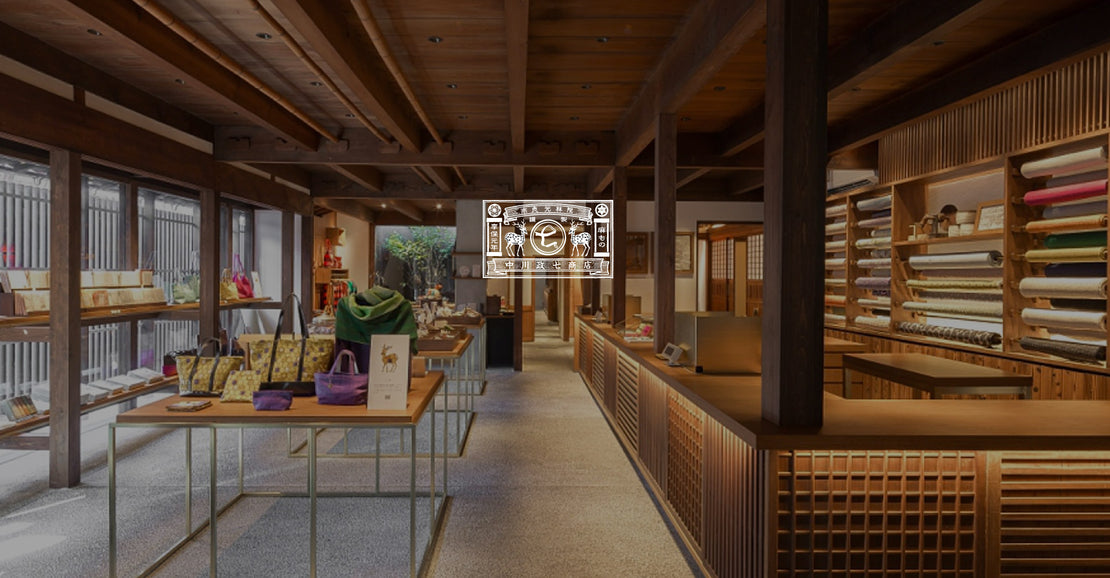
About Us
Our Vision is "Revitalize Japanese Kogei"
For 300 years, Nakagawa has supported Japanese heritage craft houses across the nation, committed to revitalizing Japanese Kogei for another century to come.
